Physical Therapy for Children
“Can children participate in physical therapy?”
“Would my child who has chronic knee pain benefit from physical therapy?”
These are questions that I am asked quite often as an orthopedic physical therapist. My answer is always, YES! Most parents and children do not realize the benefit of physical therapy for the pediatric population. However, physical therapy at a young age can be very important for a number of children. Pediatric physical therapy assists in early detection of health problems and postural dysfunctions, such as scoliosis. Physical therapists are responsible for evaluation, diagnosis, treatment, and management of children with a range of injuries and disorders that affect the bones, joints, and muscles.
The main emphasis of physical therapy for the pediatric population is on impairments of movement that leads to functional limitations. Physical therapists aim to assist children in learning how to safely and independently perform gross motor skills which include hopping, jumping, and running. Mastery of these gross motor skills allow children to successfully perform functional mobility skills including ambulation, stair negotiation, and transfers.
Physical therapy is also very important to help young athletes to prevent injury by detecting postural dysfunctions, joint hypermobility, scoliosis, and weaknesses or muscle imbalances. As an orthopedic physical therapist with pediatric experience I treat many children who have significant deficits which are not always caught by primary care doctors or do not show up until they experience their first injury. Upon the child’s first physical therapy visit, I evaluate the body as a whole, focusing mostly on posture. I believe that posture and muscular imbalances are an easy fix with physical therapy in order to prevent sports injury and/or life long dysfunctions.
Look ahead to more detailed blogs describing specific pediatric injuries and disorders which are commonly treated in an orthopedic physical therapy facility. These injuries include scoliosis, Osgood-Schlatter disease, Sever’s disease, Johansson’s disease, hip dysplasia, slipped capital femoral epiphysis, and more.
